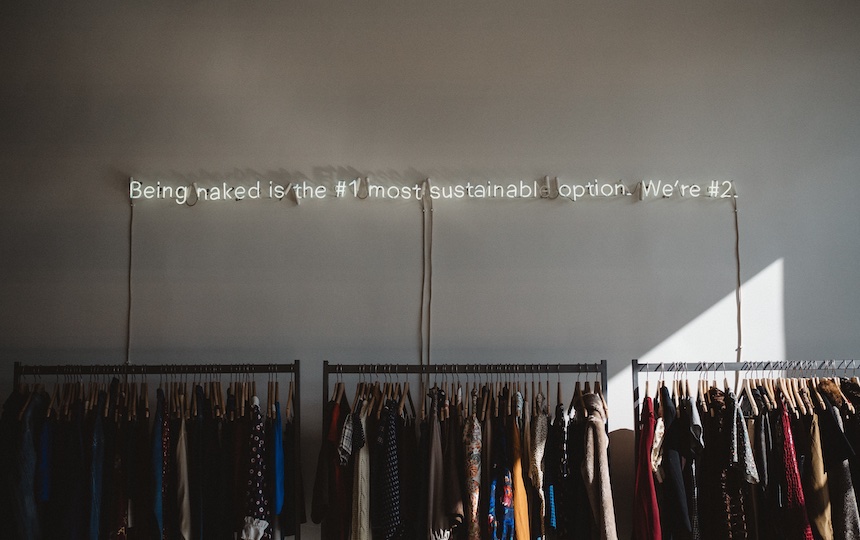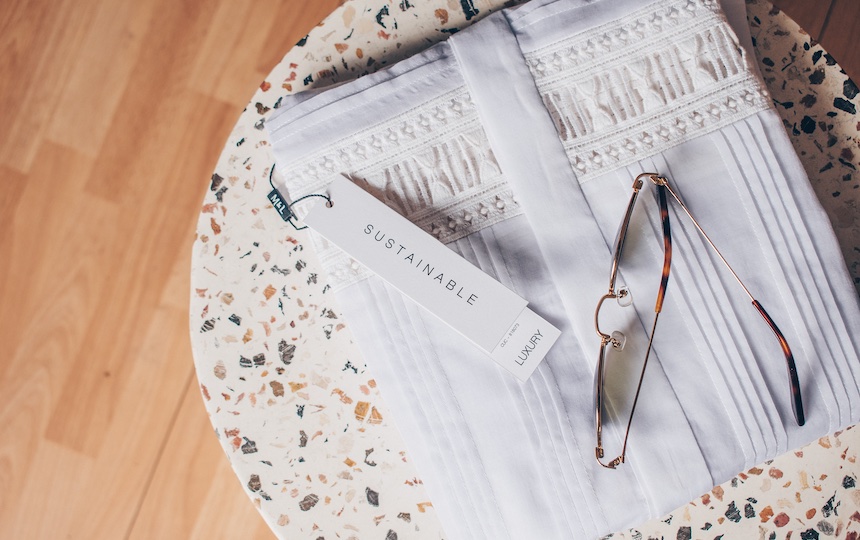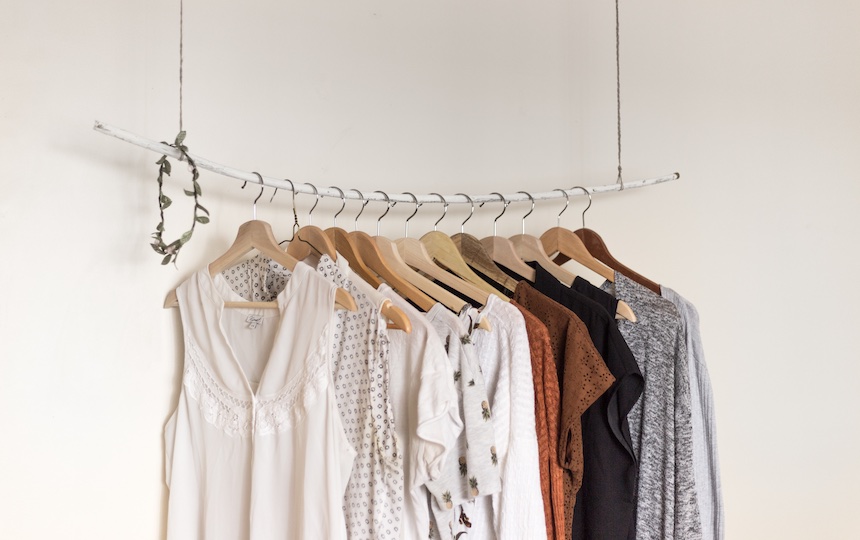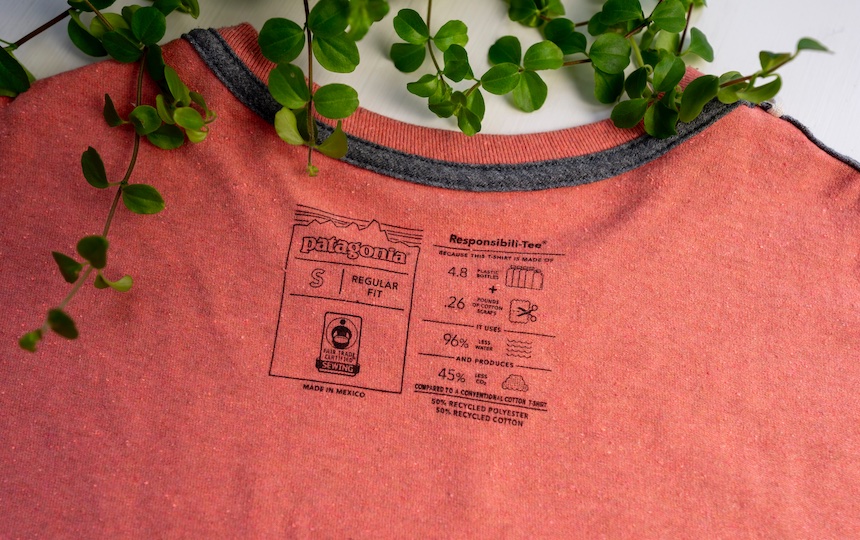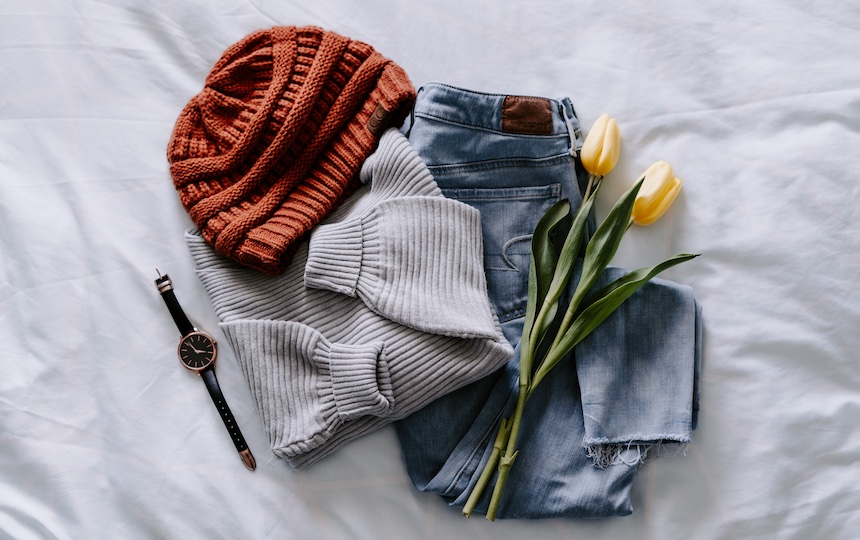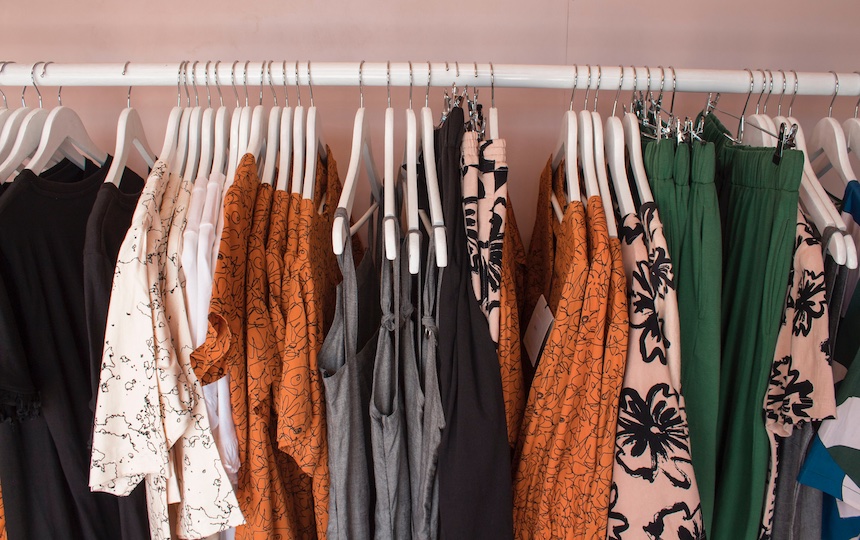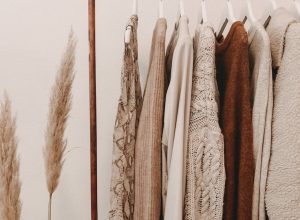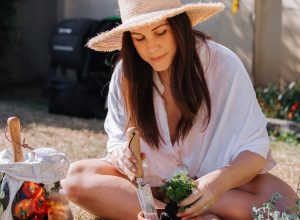Save money and the planet with a sustainable capsule wardrobe! We show you how to put one together.
The fashion industry – from the high-end fashion houses to the fast fashion e-tailers – is one of the largest carbon emitters in the world.
Even if fashion isn’t your “thing”, the way clothing is manufactured, marketed and disposed of these days means we’re all part of a global fashion cycle that sees roughly 92 million tonnes of textiles ending up in landfill each year.
A report by the Australian Fashion Council (AFC) in 2022 revealed Australians buy 14.8kg of clothing, or 56 new items, every year, making Australia one of the highest consumers of textiles per capita in the world.
Cheap, poorly manufactured clothing has ushered in a throwaway culture when it comes to our clothing, and social media and fashion “influencers” have also played their part in increasing rates of fashion consumption.
The fashion pack backlash
Thankfully, a fast fashion backlash appears to be gathering force. A growing awareness of how the fashion industry contributes to the world’s plastic pollution problem (microplastics from synthetic fibers make their way from our washing machines to our waterways and oceans), and the detrimental effect mass-produced clothing has on the environment, has prompted many of us to trim down our wardrobes. Making way for the “capsule wardrobe”.
What is a capsule wardrobe, exactly? Originally favoured by pared-back minimalists, a capsule wardrobe is made up of a few good quality and timeless clothing pieces that work together to to maximise the number of outfits that you can create. The items in a capsule wardrobe aren’t dictated by passing trends and are free from synthetic fabrics such as nylon, acrylic and polyester.
Assembling your eco wardrobe
There are several key things to keep in mind when assembling your sustainable capsule wardrobe.
1. Buying from eco-conscious brands is paramount, as is opting for locally made items wherever possible.
Organisations such as Good On You and Ethical Clothing Australia can help us make informed decisions about which companies we want to support. They show us which companies are ethical, what they are doing well and where they need to improve.
2. Choose natural fibres, such as GOTS certified organic cotton, as this will take the guesswork out of the production practices used in the manufacturing of those clothes (GOTS certification requires brands to adhere to strict environmental production standards).
3. Choose timeless “pieces” which won’t date or go out of style. Items like a good quality pair of jeans, a white t-shirt and a simple black blazer in natural fabrics will stand the test of time no matter what fashion trends come and go. Opting for a neutral colour palate will also ensure your clothing doesn’t date.
And of course, buying second-hand is the most eco-conscious fashion decision you can make.
While most capsule wardrobe advocates will suggest purging your current wardrobe, we say don’t be so hasty! Charity shops are already inundated by clothing donations, so instead, box up the items that are in good condition and put them away. This will allow you to “shop your wardrobe” when the urge to hit the shops arises.
Upsides to becoming a sustainable fashionista
Assembling a sustainable capsule wardrobe has several benefits.
Firstly, you’ll dramatically reduce your carbon footprint. The Carbon Trust estimates that clothing accounts for up to 10% of the global production of CO2 emissions per year.
This figure takes into account both the production process of clothing, which uses vast amounts of water, energy and chemicals, as well as the emissions produced from washing, drying and ironing the clothes once we bring them home.
Secondly, cutting fast fashion from your life will reduce the amount of textiles being sent to landfill. You’re much more likely to hang onto and care for fashion pieces you’ve invested heavily in from a sustainable, ethical label as opposed to the $5 slogan t-shirt from a fast fashion brand.
And the added bonus – a capsule wardrobe will make getting dressed each morning a whole lot quicker; with only a few select items to choose from you’ll never be plagued by sartorial indecision again!
If you’re someone who just can’t let go of changing up your fashion look regularly, using eBay or Facebook Marketplace to resell and upcycle clothing can help you stay ahead of the fashion pack, while still being mindful of the environment.
Fashion gems can also be found in vintage or op shops if you’re happy to go hunting.
Want to know more about sustainable fashion?
Check out our article on slow fashion from Issue #13 of Pip Magazine. In it, we feature:
- The environmental impact of society’s love affair with unsustainable fashion.
- Tips on how to change your buying habits.
- We explore whether big brands can actually produce ethical fashion.
- And bring you more sustainable fashion brands you should consider switching to.
You can access this article online here as part of our digital subscription offering, or subscribe to the print version of Pip Magazine here.
Tune into Pip Podcast episode #20, where we talk with Jane Milburn about slow clothing and ethical fashion, and why we need to think more about the clothes we choose and the way we dress.
And don’t forget we have slow fashion content online, including these articles:

